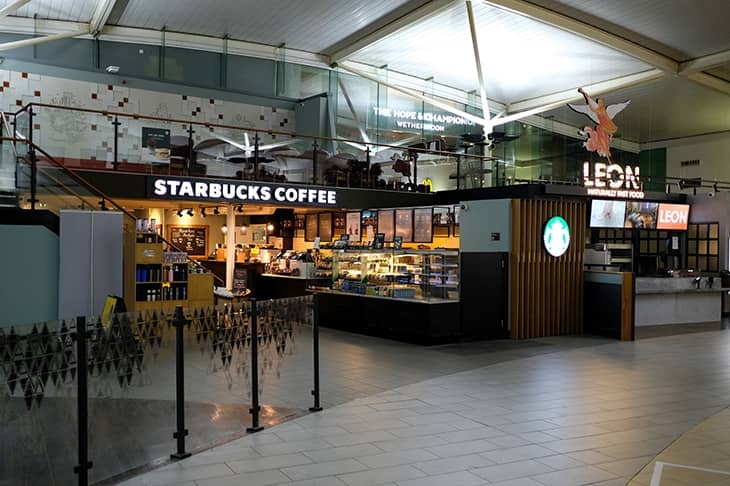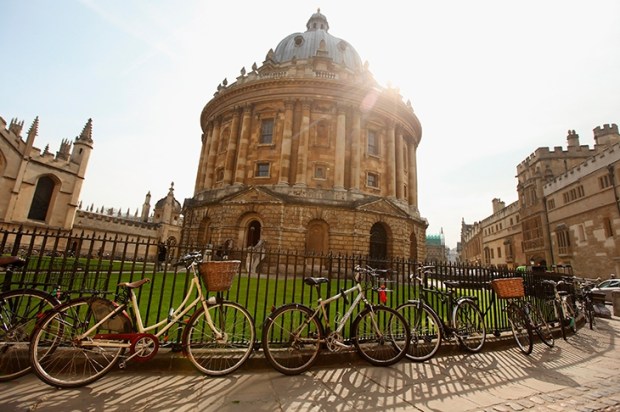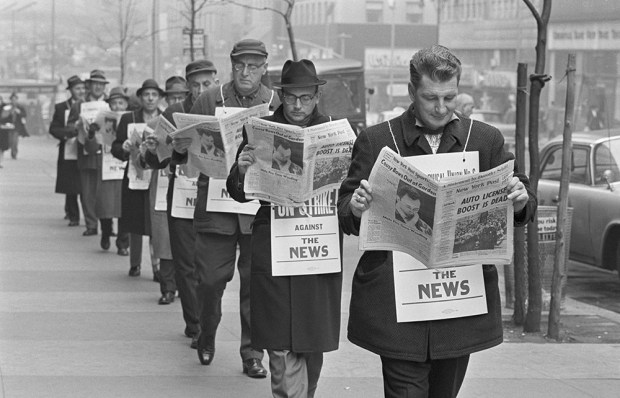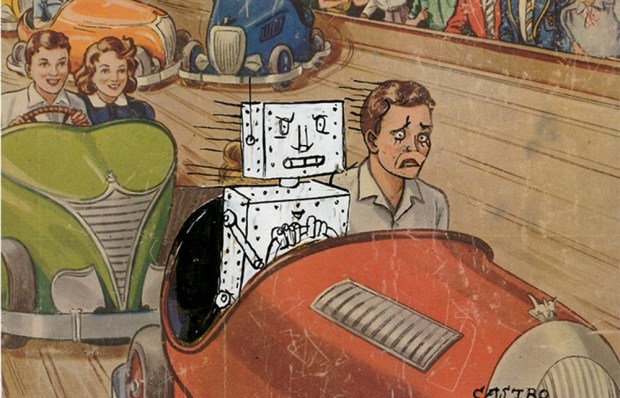I spend quite a lot of time attacking what I call ‘motorway service station’ path design. More attentive readers of The Spectator may remember this from 2019:
‘You are tooling down a motorway at 75mph and decide to stop for a break… Once off the slip road you face a barrage of signs: Food Court/Fuel/Lorries/Caravans/Coaches/Travelodge/Costa Drive-Thru, each pointing to a different fork. If your attention briefly wavers and you miss one of these bifurcations, you will find yourself hopelessly trapped in the lorry park with no means of return. This is probably what happened to Lord Lucan.’
For any parking option in a motorway service station, there is only one correct path to your destination. Make one mistake and you’re doomed. Moreover, the system is riddled with potential bottlenecks: if a van breaks down at the entrance to the food court carpark, the system fails spectacularly.
The reason this happens is that the designers of motorway service stations aim to create a system which works in one theoretically perfect state with the minimum provision of roads. Hence they create a system which works very well in theory but is catastrophically bad under many real-world conditions.
In technology this happens every-where. A friend of mine was once shown a fabulous plan for automating mortgage applications online. If everything went well (i.e. the survey arrived on time, the vendor’s solicitors complied with all requests, etc) it would have worked like a charm. ‘And what percentage of sales go to plan in the way your system assumes?’ he asked. The answer was 14 per cent. For the 86 per cent who encounter a glitch, this would have created a world of pain. Online retail is like that: a dream when it works and a nightmare when anything goes wrong.
The difference between the historical British road network (which evolved) and the entrance road system to a service station (which was designed) is that evolved systems are refined over time to operate across a variety of different states, and hence incorporate a high level of redundancy; designed systems are optimised top-down for only one, theoretically perfect state. Evolutionary processes create many complementary answers to the same question, whereas top-down design provides only one.
This distinction may explain the phenomenon during the pandemic of a shortage of PPE but no noticeable shortage of jam. The vagaries of consumer taste create a high level of redundancy in the jam market, while centrally procured PPE was vulnerable to single bottlenecks: all masks required elastic ear-loops. In a parallel universe where doctors could choose their PPE the way they chose their everyday clothes, there would have been enough noise and redundancy in the system to prevent shortages. Where there were consumer shortages, it was in toilet paper and Marmite, for which there are few substitutes.
Note that fast food restaurants never ‘wanted’ to offer drive-through windows, delivery app-based ordering or even contactless payment. Supermarkets never ‘wanted’ to offer click & collect or delivery. They were forced to do these things to satisfy the whims of a minority of customers. When a pandemic hit, however, these services went from being optional to essential. When you have to satisfy many different customers, you are prepared for many different futures.
It may well be that the principal value of advertising and marketing is that it adds whimsicality to markets to prevent them becoming dangerously homogeneous. By analogy, you should perhaps also welcome the climate movement, even if you don’t believe in climate science, for its valuable unintended role promoting a variety of tastes in energy supply.
Got something to add? Join the discussion and comment below.
Get 10 issues for just $10
Subscribe to The Spectator Australia today for the next 10 magazine issues, plus full online access, for just $10.
You might disagree with half of it, but you’ll enjoy reading all of it. Try your first month for free, then just $2 a week for the remainder of your first year.















Comments
Don't miss out
Join the conversation with other Spectator Australia readers. Subscribe to leave a comment.
SUBSCRIBEAlready a subscriber? Log in